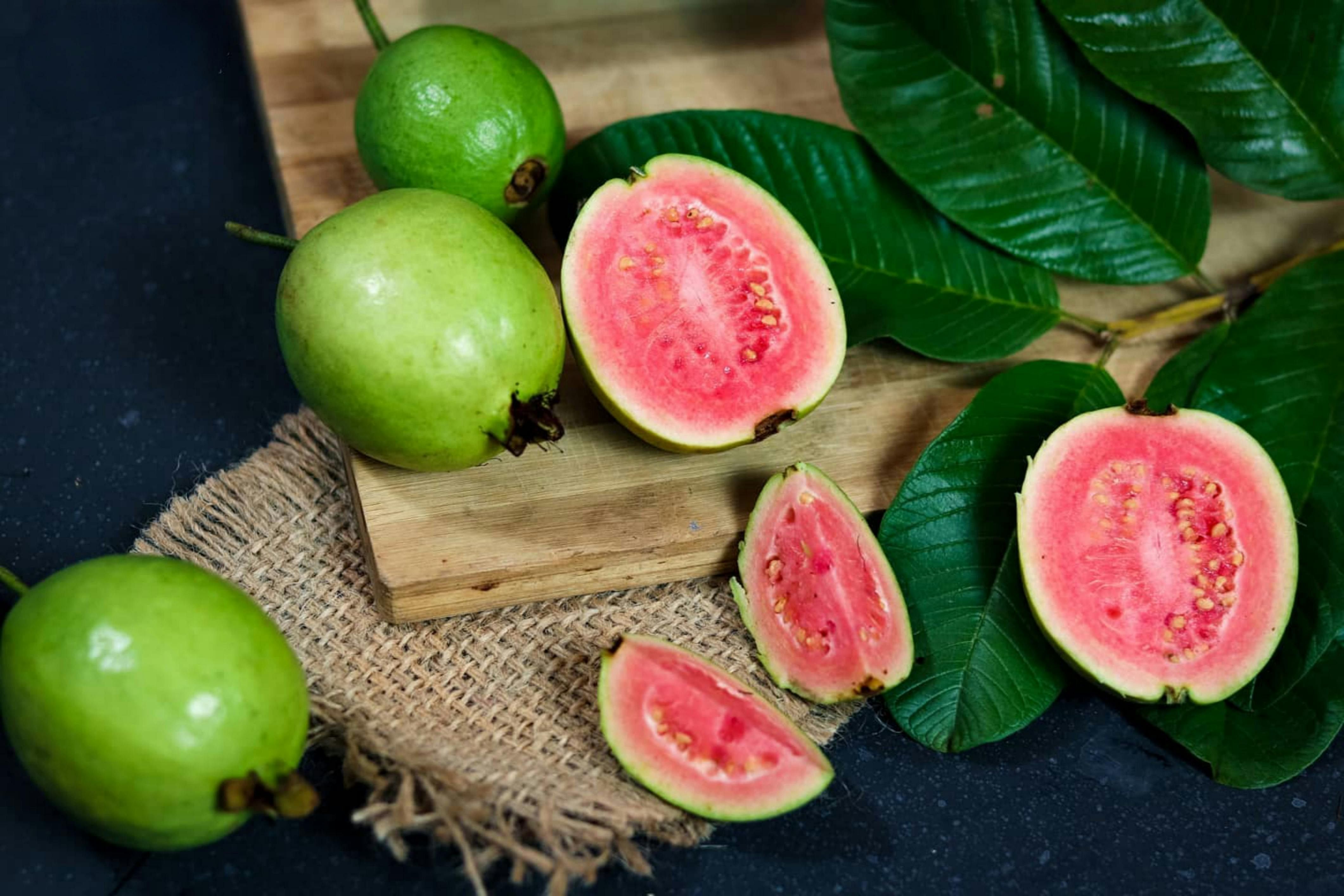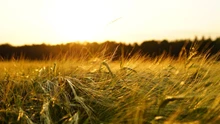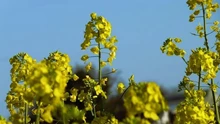
Guava is the second most important fruit crop after citrus in Punjab. It performs well even under suboptimal saline and alkaline soil conditions. It represents 12.8% of the total fruit production in the state. Moreover, in comparison to other fruit crops, the cost of cultivation of this fruit crop is less.
Generally, fruits are consumed fresh but also processed commercially into juice, jam, jellies, powder, and other culinary products. The returns from guava fruits mainly depend upon the quality of the produce. A better-quality produce fetches higher prices in the market. Let us understand more about the various means to improve guava’s quality. Read On.
In Punjab, guava produces mainly two crops: rainy season crop (July-August) and winter season crop (November-January). The fruits of rainy season crops are usually insipid in taste and have poor shelf-life. Also, the attack of fruit flies and anthracnose is more common in this crop. The fruits of winter season crops are superior in size, quality, taste, and aroma and have lesser incidences of pests and diseases, thus, fetching higher prices in the market.
Due to heavy flushes in March-April, guava bears profuse flowering for rainy season crops, while the intensity of winter season crops is generally small. A heavy rainy season crop causes a glut in the market, leading to poor prices for the grower. For specifically taking the profitable high-quality winter season crop, crop regulation can be done. Crop regulation involves the manipulation of tree growth and flowering. The following crop regulation measures help obtain the remunerative winter season fruit crop.
Pruning: Terminal 20 or 30 cm of shoot growth should be pruned between 20 to 30 April to avoid flowering for rainy crops.
Withholding irrigation: Suppression of irrigation during April-May causes the dropping of flowers in the rainy season crop. In June, irrigate and apply the recommended dose of manure and fertilizer to encourage growth in July-August for getting maximum flowering during August-September for winter season crops.
De-blossoming: On a small scale, flowers can also be removed manually but in commercial plantations, it becomes laborious and uneconomical. For large-scale plantations, spray 10 % Urea (10 kg Urea in 100 liters of water) or 600 ppm NAA (Naphthalene Acetic Acid) (dissolve 60 g NAA in 150-200 ml alcohol and make the solution 100 liters with water) during May at peak of the flowering.
Eco-friendly Practices to Improve the Quality
Fruit Bagging: PAU has recommended the use of white non-woven bags to cover the rainy season fruits. Bagging the mature green hard fruits during June end to middle of July (at the color break stage) protects them from fruit fly infestation, reduces bird damage, and improves the peel color. The bagged fruits fetch better prices in the market.
Fruit Fly Traps: Fruit fly infestation can be managed with installation of eco-friendly fruit fly traps. These traps contain pheromones for attracting males of fruit flies and disrupt their natural life cycle. Fix PAU fruit fly traps @16 traps/acre in the first week of July to manage the fruit fly population.
Cultural Practices: Regularly remove the fruit fly-infested fruits from the ground and bury them in distant pits at least 2 feet deep. Shallow plowing with cultivators during summers is also effective in exposing and killing the pupating larvae which are mostly present at 4-6 cm depth.
Lastly, adopting the above measures can help harvest better quality guava fruits and promise good economic returns.














Share your comments